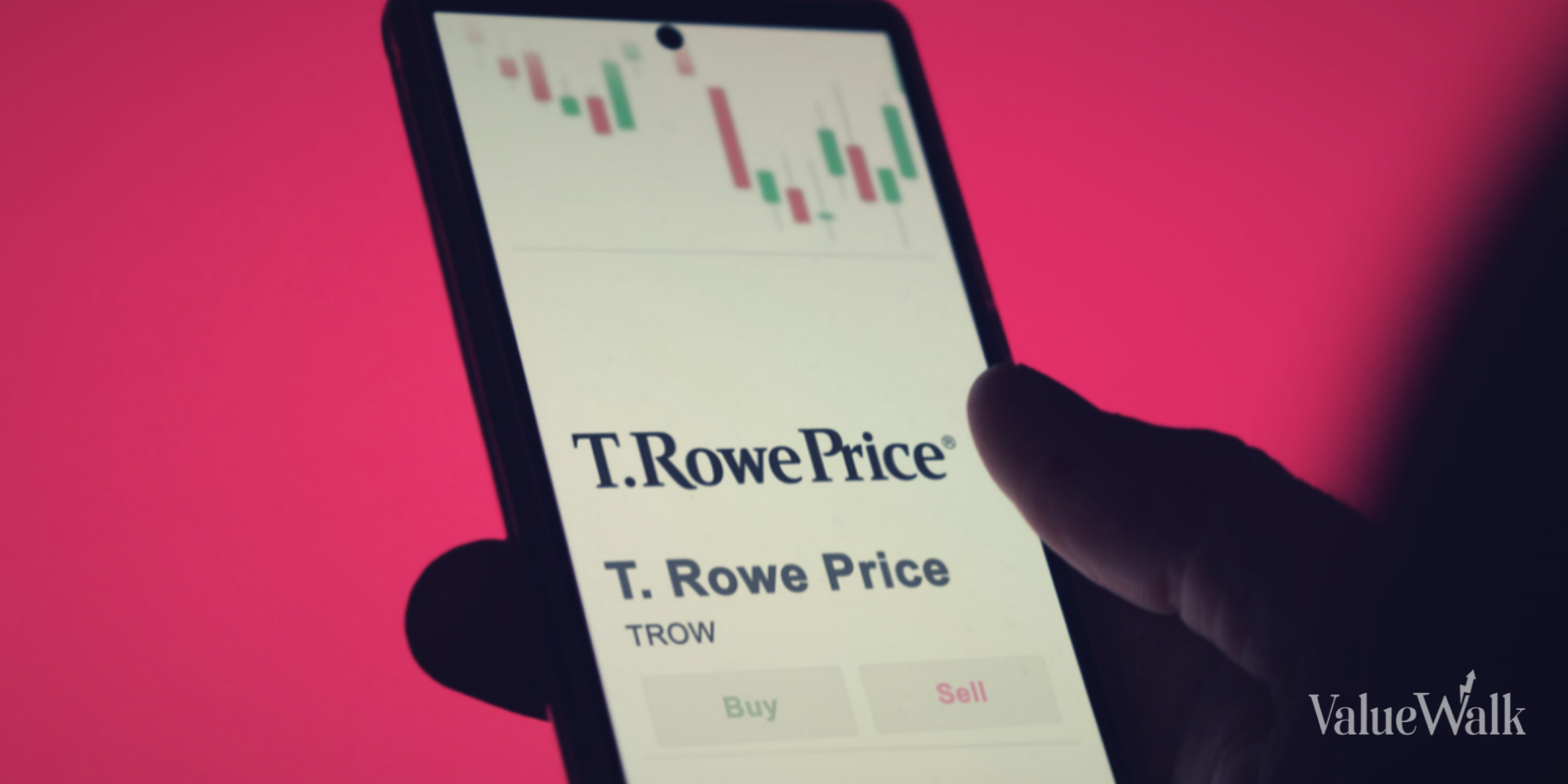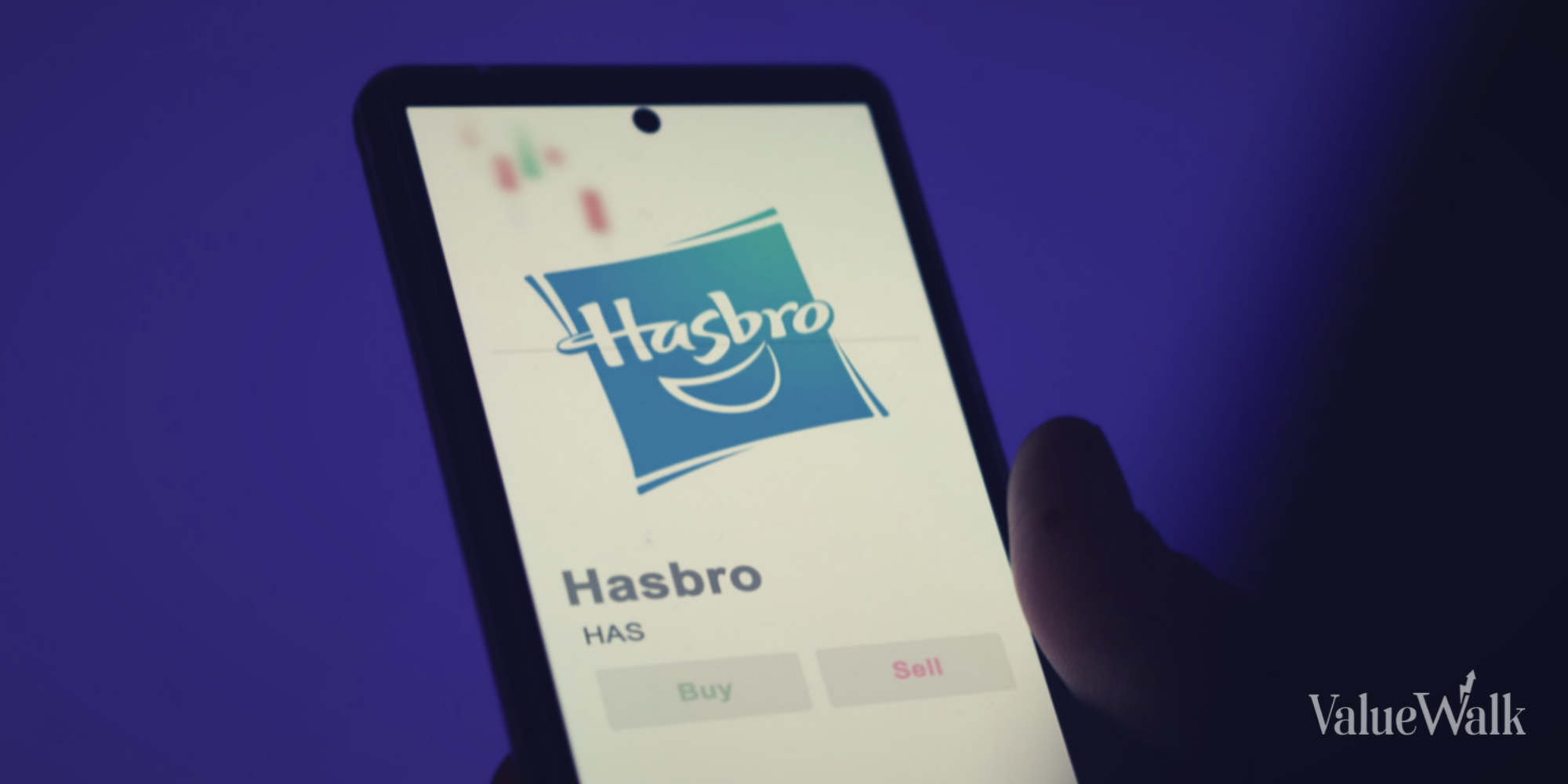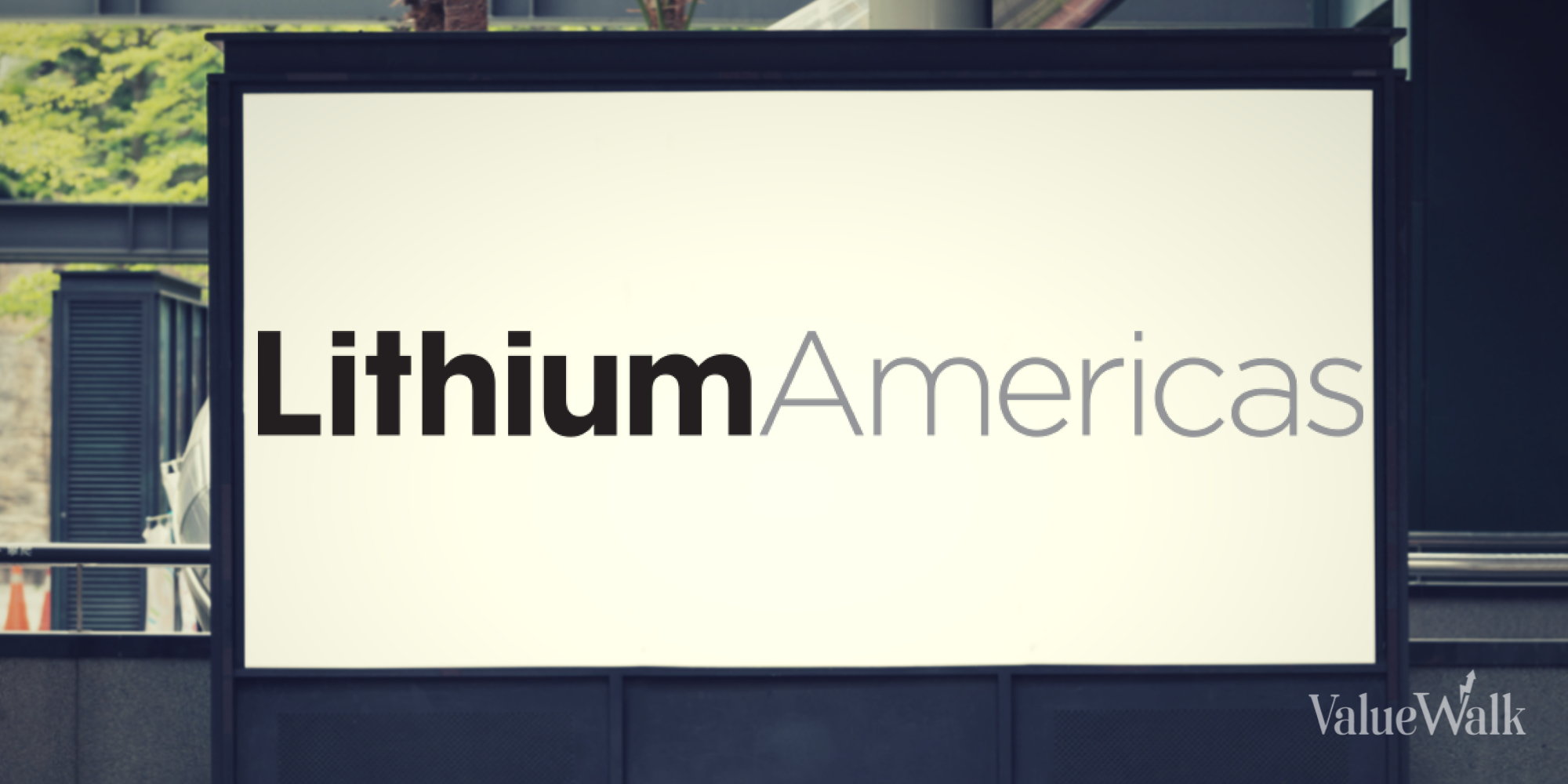Asset management firm T. Rowe Price (NASDAQ:TROW) is a stock that jumps out at you for a few reasons. One, it has a tremendously high yield, and two, it has a long history of raising its dividend.
In fact, the company has raised its dividend for 36 straight years. These two factors alone would in many cases make it a great dividend stock, but then when you add in the fact that the company has virtually no outstanding debt, it appears to be no-brainer.
However, there are some red flags that investors should know about the company before making a decision on this stock. Let’s take a closer look at T. Rowe Price.
The earmarks of a good dividend stock
Some of the key dividend metrics related to this stock make it look very enticing. For example, the dividend yield of 5.1% is one of the highest in its sector. That results in a quarterly payout of $1.22 per share or $4.88 per share annually.
The dividend has grown at a compound annual rate of 13% for the past five years, and the company has raised its dividend every year for 36 straight years. Only a few dozen stocks have longer streaks of raising their dividends.
T. Rowe Price’s superpower has always been its management efficiency and pristine balance sheet, as it has virtually no outstanding debt and over $2.5 billion in cash reserves. This has allowed it to consistently fund its dividend, reinvest in itself, and navigate choppy markets.
However, it just so happens that the asset manager is in one of those choppy markets right now, and that has raised some red flags.
For starters, T. Rowe Price’s stock price is down some 26% since late July, when it hit a 52-week high. It is now trading at about $97 per share and is down nearly 11% year to date. As an asset manager that generates most of its revenue from fees, T. Rowe Price’s performance is tied to the stock market. When the market is up, the firm’s asset levels rise, as do its fees. When it is down, asset levels decrease, as do the firm’s fees.
In the third quarter, asset levels were up by about 3% year over year to $1.4 trillion, while revenue followed, rising by about 5% to $1.4 billion. However, the red flag is the outflows the firm saw from its funds in the quarter — and what it expects to see in the fourth quarter.
Some red flags
In the third quarter, T. Rowe Price saw $17.4 billion in total net outflows, with $19.7 billion in net outflows from its equity funds and accounts. The equity outflows were offset somewhat by small net inflows into its fixed income, alternatives and multi-asset funds. Most of the outflows came from the firm’s large-cap growth equity funds. It was also terminated as a sub-advisor by one of its clients.
It is not going to get better any time soon either, as T. Rowe Price reported $6.3 billion in net flows in October. The firm also expects elevated outflows in November and December due to some large terminations and regular seasonal patterns, as investors typically cash out and take profits at the end of the year. The net outflows are forecast to be more than $10 billion in each month.
As for 2024, CEO Robert Sharps said on the third-quarter earnings call that he expects fund flows to recover a bit as “improved performance takes the pressure off of redemptions from U.S. large-cap equity products, investors come off the sidelines, and we realize the impact of our strategic investments.”
Still, the market will remain choppy in 2024, with expectations for single-digit growth in the S&P 500. One of the things that has hurt T. Rowe Price in recent years is that it was late to the exchange-traded-fund (ETF) game.
However, it finally began rolling some ETFs out a few years ago, and now they are starting to establish track records. In Q3, the company had its best quarter for ETF sales, but as Sharps said, “It’s still small in building.”
“I think it can be a contributor in 2024, but I don’t think it will be the most meaningful driver of performance or of improvement in flows,” he added.
Another concern for T. Rowe Price right now with respect to its dividend is its payout ratio, which has risen to 63%. That is a bit on the high side, but it stems from struggles over the past two years. If the payout ratio gets too high, it could restrict T. Rowe’s ability to raise its dividend, so it is worth watching.
However, the company’s abundance of cash and lack of debt certainly come in handy at times like this. I would be surprised if T. Rowe Price does not raise its dividend next year, but given the outlook for Q4 and into 2024, investors should not expect much in the way of returns, at least in the near-term.





